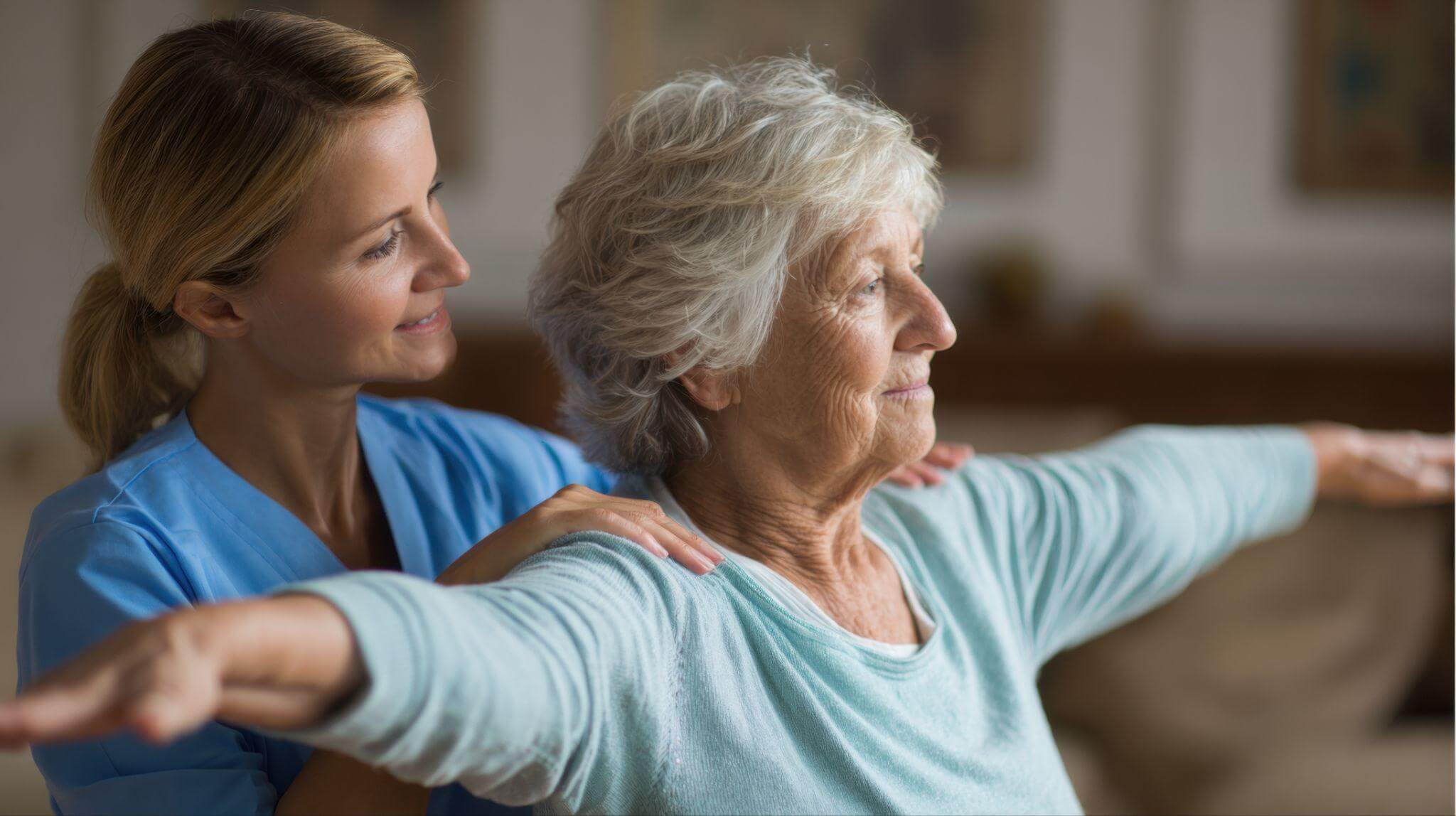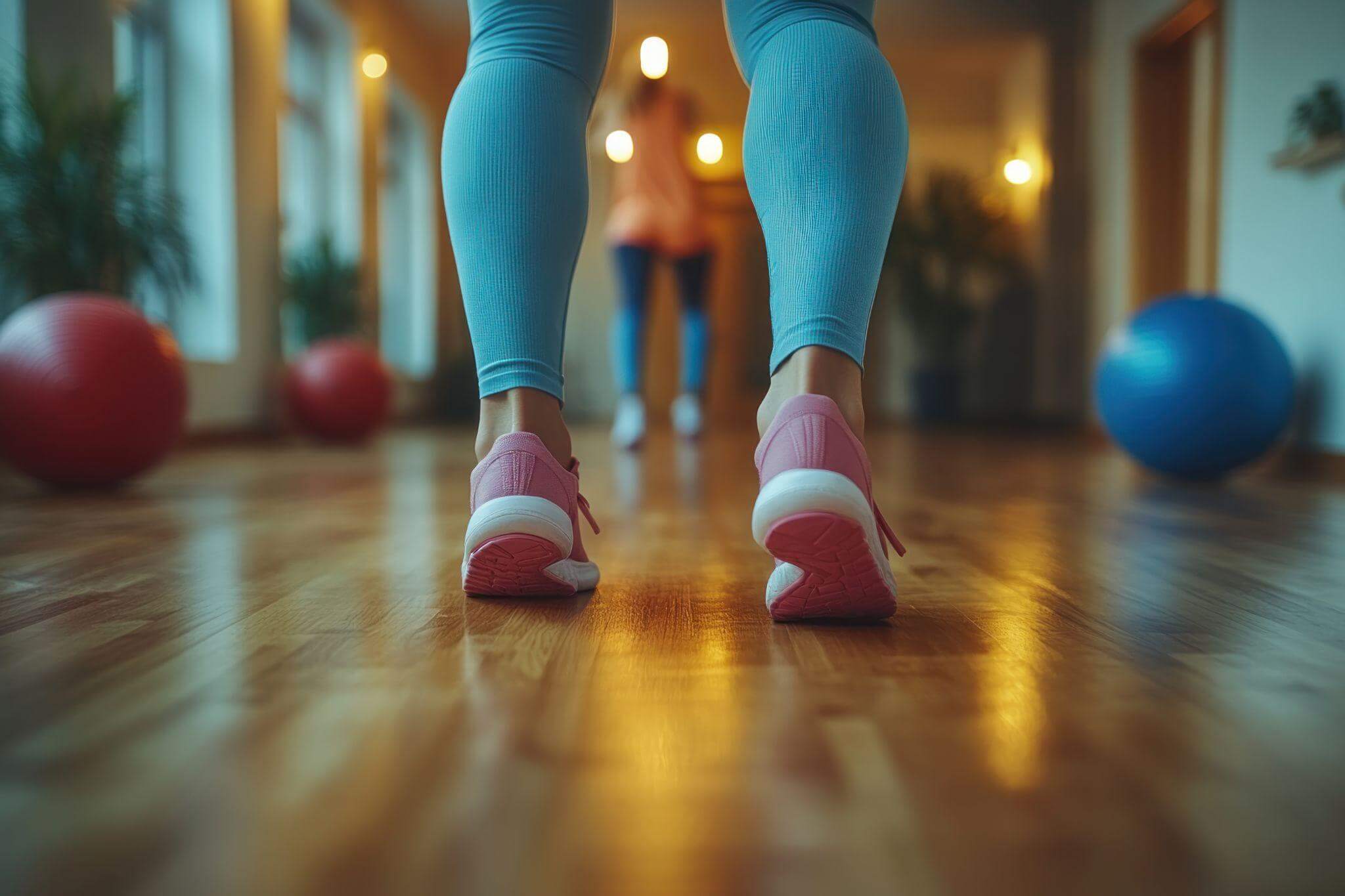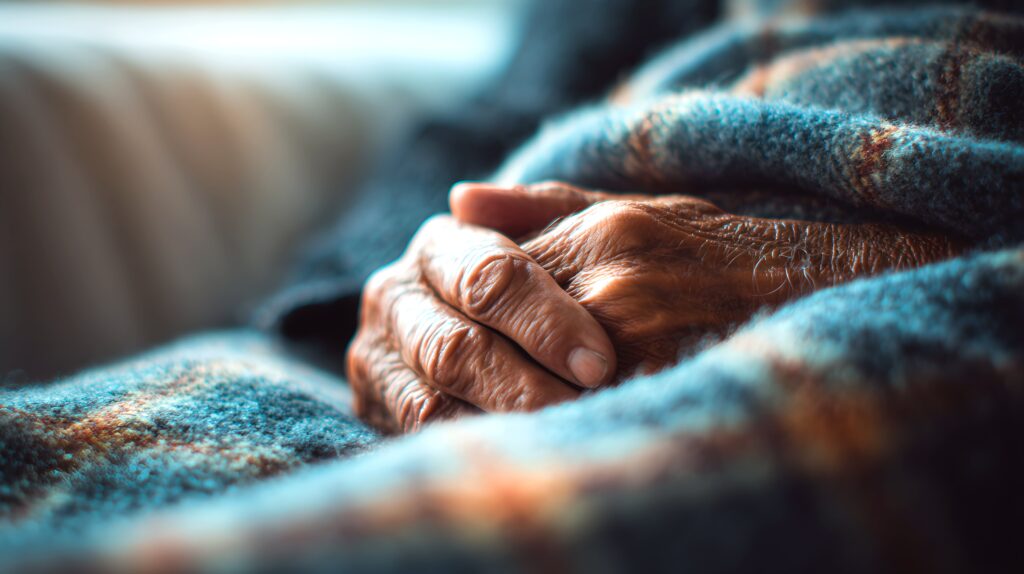Better days at home begin with small choices that stick. If you are asking how to better yourself as a caregiver or care receiver, start with one clear habit you can keep, practice it daily, and let it spark the next. This guide shares practical steps for goals, stress relief, and skill building in Philadelphia so progress feels doable and supported.
Key Takeaways
- Start with one tiny habit tied to a daily cue, consistency beats intensity
- Use fast stress resets you can do anywhere, then protect sleep
- Learn one new skill that removes friction at home, tech, mobility, communication
- Set shared goals so caregivers and care receivers stay aligned
For Caregivers
How can caregivers set personal goals that actually stick?
Keep goals small and tie them to an existing routine, for example, after coffee, complete a 5 minute stretch. Track one personal goal at a time and make it visible on a calendar or phone reminder. If you miss a day, restart the next day. Use a simple cue, behavior, reward loop and add only one new habit per month.
What quick stress tools work when time is tight?
Use a 2 to 3 minute reset. First, practice box breathing, inhale 4, hold 4, exhale 4, hold 4, for 3 to 4 rounds. Second, do a muscle release scan: lower your shoulders, unclench your jaw by keeping molars slightly apart and resting the tongue on the roof of the mouth, relax your hands, then exhale slowly. Third, name one win from today.
For deeper guidance, see the National Institute on Aging’s caregiver tips.
Which new skills help caregivers most this year?
Choose one practical skill that reduces daily friction and supports safe, confident care. Examples include basic digital tasks such as using patient portals or scanning forms, safe transfer and body mechanics as instructed by your clinical team, and simple mobility or balance routines approved by a clinician. Community programs in Philadelphia, such as library learning opportunities or older adult center activities, can add movement and connection.
➔ Helpful internal reads
For Care Receivers
How do I choose personal goals that feel realistic?
Begin with what matters most, safer steps, better balance, or more social connection. Turn each priority into one daily action. For example, after breakfast, walk the hallway twice with your device, or call a friend every Tuesday. Share goals with your caregiver so schedules align and progress is easy to track.
What daily habits support independence at home?
Move gently and often with short, frequent walks or chair exercises approved by your clinician. Keep water within reach, and use pill boxes or alarms to simplify medications. Plan one joyful moment every day, whether that is listening to music, reading, or spending time outdoors. Philadelphia community programs can complement routines with low cost activities and social time.
➔ Stay inspired – read our Blog
Two Week Micro Plan Caregivers and Care Receivers Can Share

| Week | Habits / Activities |
|---|---|
| Week 1 |
➔ After breakfast: go on a 5-minute walk with your caregiver, if possible ➔ Evening: 3 rounds of box breathing before TV ➔ One social touchpoint: a call or visit with a friend or family member |
| Week 2 |
➔ Keep Week 1 habits ➔ Add a 5-minute stretch after lunch (using chair as support or by standing), as appropriate ➔ Choose one community activity to try this month |
Ready to Better Yourself, Contact Pristine Today
Self improvement works best in small, steady steps. At Pristine, we pair clear guidance with respectful, person centered support so caregivers and care receivers can thrive. If you want help setting goals or arranging in-home support, talk to a real person today – Contact Pristine Home Care. We don’t treat patients, we treat people.
Frequently Asked Questions
Q: How can caregivers spot early signs of burnout and what should they do first?
A: Watch for persistent fatigue, irritability, sleep changes, and losing interest in things you usually enjoy. Start by asking one trusted person to share a task, use a brief daily stress reset, and speak with your clinician if symptoms persist. Pristine can help you plan practical relief and resources.
Q: What is a simple way to set personal goals that last?
A: Use one cue, one behavior, and one reward. For example, after breakfast, walk for five minutes, then check a box on a visible tracker. Keep goals small, review progress weekly, and add only one new habit at a time. Consistency over weeks builds momentum.
Q: Which skills are most useful to learn at home and how do I learn them safely?
A: Focus on safe transfer techniques, fall-prevention basics, simple mobility or balance routines approved by your clinician, and basic digital skills such as logging into patient portals. Ask your care team for instruction and practice with supervision before doing skills independently.
Q: How can care receivers stay active without increasing risk?
A: Get clinician clearance, start with short bouts, and use the right assistive device. Practice near a stable surface, stop if you feel dizzy or short of breath, and progress gradually. Pair movement with hydration and medication reminders to support energy and safety.
Q: How do families coordinate care so one person is not overwhelmed?
A: Hold a 15-minute weekly huddle, use a shared calendar, rotate roles such as meals or appointments, and list backup helpers for urgent needs. Agree on one shared goal for the week and review it together.
Q: Can I get paid to care for a family member in Pennsylvania?
A: Many families qualify through Medicaid home care programs. Eligibility depends on the person’s needs and coverage. Pristine can explain the steps, paperwork, and timelines, and guide you through the process.
Q: Who can I talk to for personalized guidance in Philadelphia?
A: Speak with a real person at Pristine about your goals, routines, or support needs. Visit our FAQ and reach out now via our Contact page – we are here to help every step of the way.








